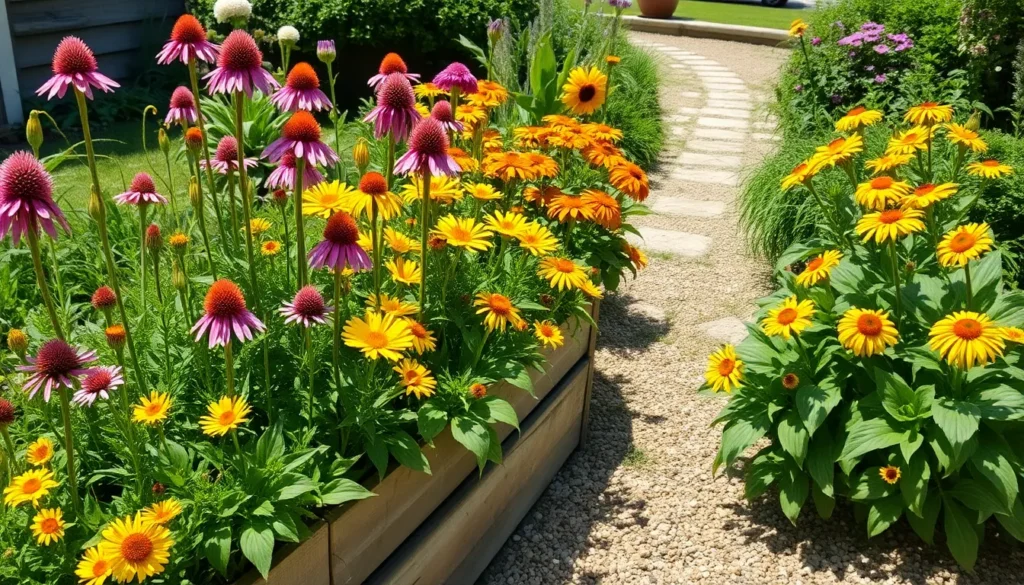Welcome to the delightful world of perennial plants, where the magic of gardening is accessible to both budding enthusiasts and seasoned green thumbs alike! Whether you’re just starting your gardening journey or looking to expand your botanical repertoire, this guide promises to be a treasure trove of inspiration and practical wisdom.
Packed with a carefully curated selection of the best perennial plants, this guide is your ticket to a thriving indoor oasis. You’ll discover plants that are not only beautiful and resilient but also easy to care for, making them perfect for cultivating confidence and success in your gardening endeavors.
Imagine the joy of watching your indoor garden flourish year after year, bringing life and beauty into your home with minimal effort. With the right guidance and a little patience, you’ll soon experience the rewarding benefits of gardening, from improved air quality to a sense of peace and accomplishment.
Black-Eyed Susan (Low-Maintenance Bloomer)
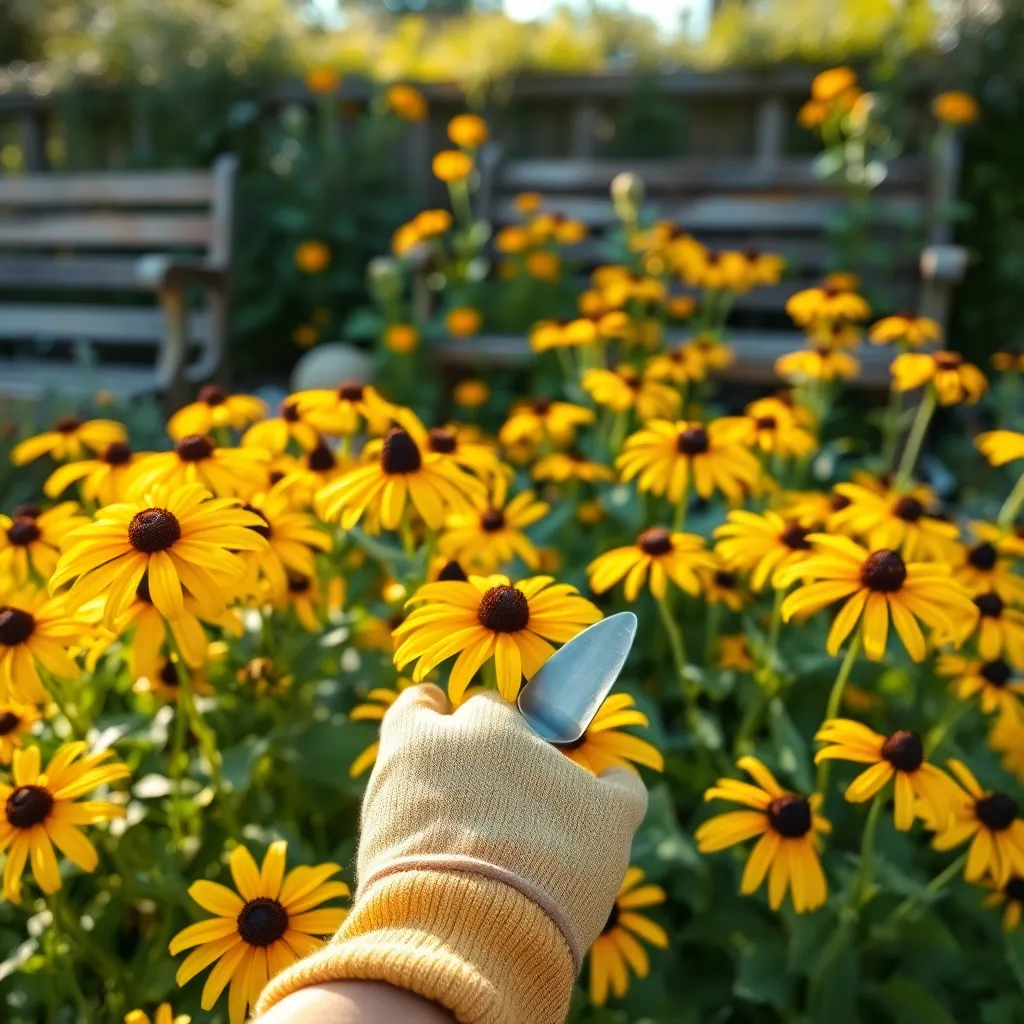
Black-Eyed Susan, known for its vibrant yellow petals and dark centers, is a standout choice for beginner gardeners. This perennial thrives in a variety of conditions and is remarkably easy to care for, making it perfect for those new to gardening.
When planting Black-Eyed Susan, ensure that you choose a location that receives full sun for optimal blooming. These plants prefer well-drained soil but can tolerate poor soil conditions, making them adaptable to different garden environments.
Watering is simple—aim for about one inch of water per week, which can mostly come from rainfall. During particularly dry periods, supplement with occasional deep watering to keep the roots healthy and hydrated.
To encourage continuous blooming, deadhead spent flowers regularly. For those looking to extend the flowering season into late summer and early fall, consider dividing the plants every three to four years to maintain vigor and prevent overcrowding.
Hosta Varieties (Shade-Loving Beauties)
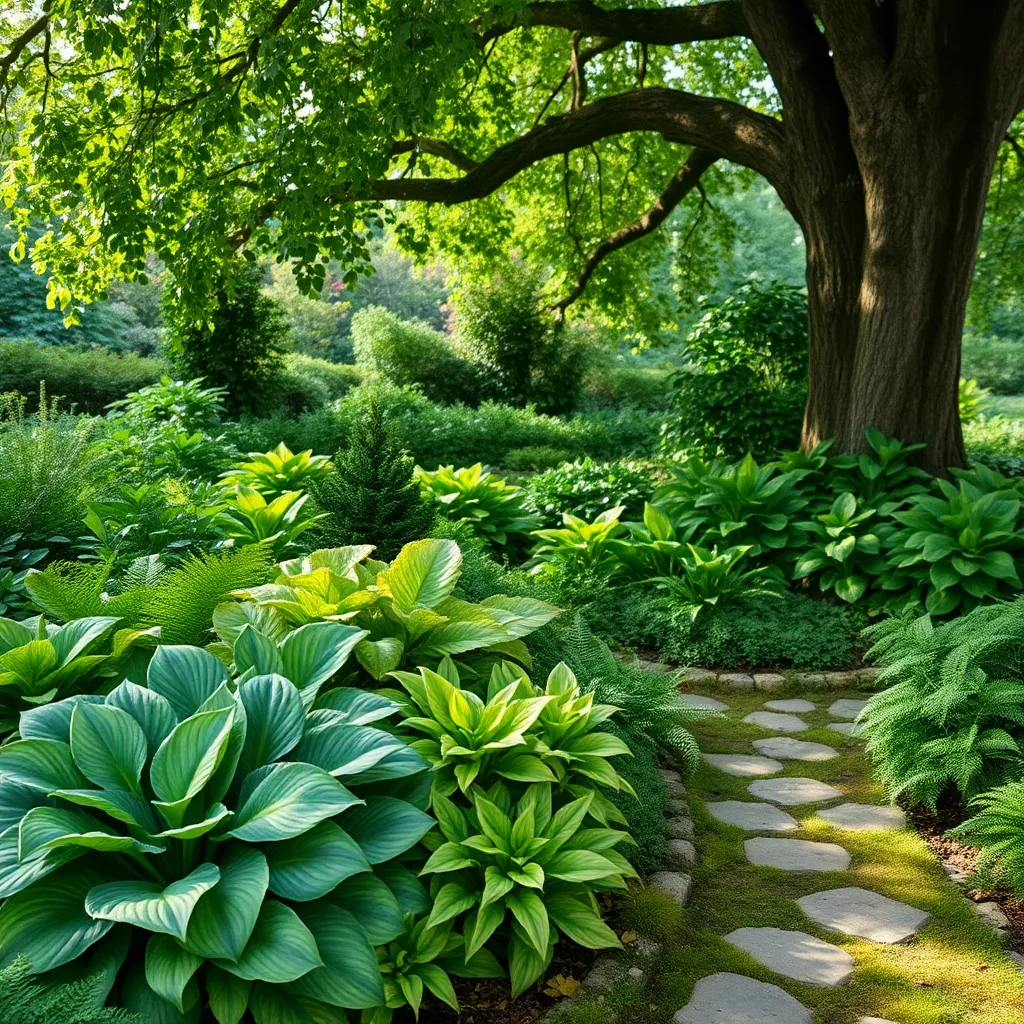
Hostas are versatile perennials known for their lush foliage and adaptability to shady areas. These plants thrive in well-draining, rich soil and are perfect for adding texture and color to shaded garden spots.
When planting hostas, it’s important to give them enough space to grow, as they can spread quite wide. Water them deeply but infrequently, allowing the soil to dry out slightly between waterings to prevent root rot.
For best results, mulch around the base of your hostas to retain moisture and suppress weeds. Fertilize in early spring with a balanced, slow-release fertilizer to encourage robust growth.
If you’re dealing with slug issues, consider using natural deterrents like crushed eggshells or commercial slug bait. For more experienced gardeners, dividing hostas every few years not only helps manage their size but also revitalizes the plants, promoting healthier growth.
Lavender (Fragrant and Hardy)

Lavender is a wonderful choice for beginners seeking both beauty and utility in their gardens. This fragrant perennial thrives in well-drained soil, making it essential to plant in a spot where water doesn’t linger.
To keep your lavender healthy, ensure it gets plenty of sunlight, ideally around six to eight hours per day. Water sparingly, allowing the soil to dry out between waterings, as lavender is drought-tolerant and prefers drier conditions.
When planting lavender, consider adding a bit of sand or gravel to the soil to improve drainage. Pruning is key to maintaining its shape and promoting new growth; trim back about one-third of the plant after blooming.
For a thriving lavender plant, space them about 2 to 3 feet apart to allow for airflow, which helps prevent disease. In colder climates, consider using mulch in winter to protect the roots from frost.
Daylilies (Drought-Tolerant Showstoppers)
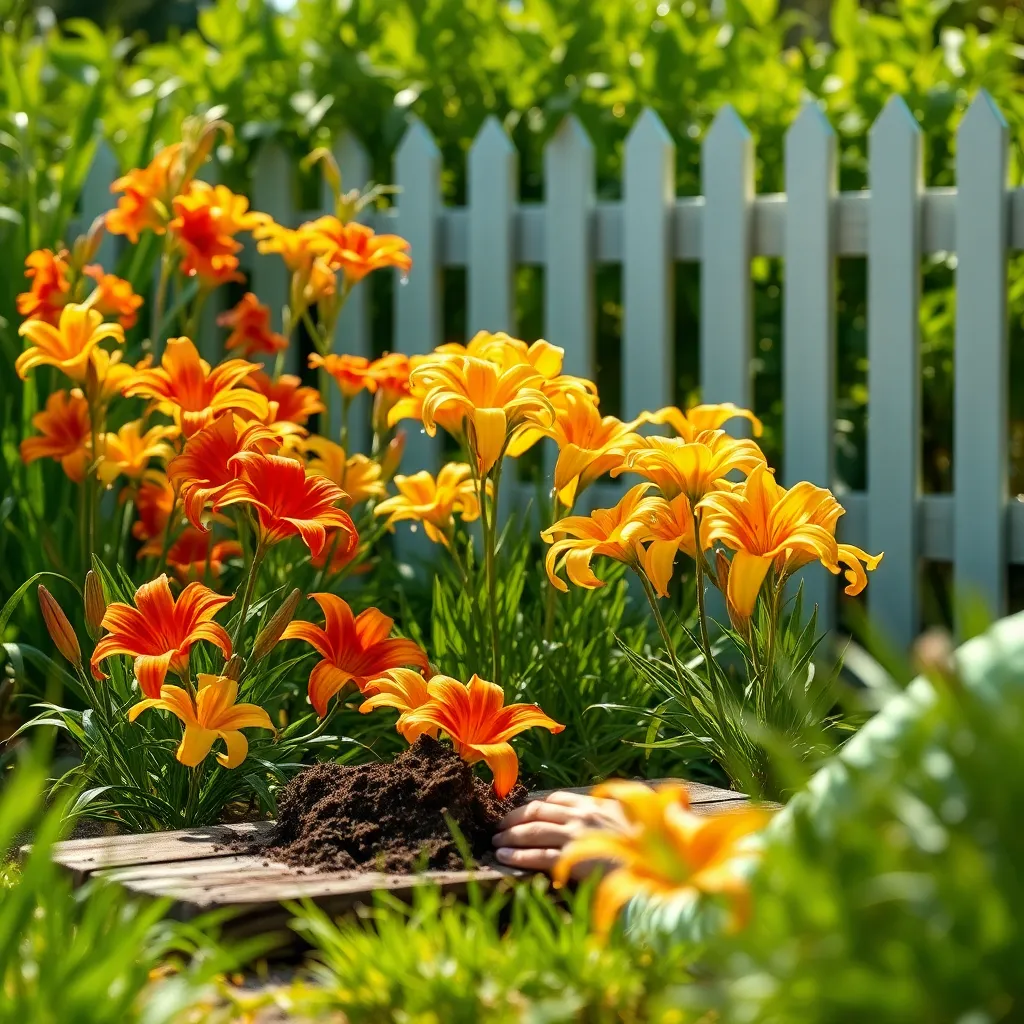
Daylilies are an excellent choice for gardeners seeking low-maintenance, drought-tolerant perennials. These vibrant plants thrive in various climates, offering an abundance of colorful blooms throughout the summer months.
To ensure your daylilies flourish, plant them in well-draining soil with a pH between 6.0 and 6.5. While they are drought-tolerant, providing them with one inch of water weekly during dry spells will promote optimal growth and flowering.
For beginners, daylilies are forgiving and adaptable, making them a great first choice. They perform best in full sun but can tolerate partial shade, especially in hotter climates, where some afternoon shade can prevent leaf scorching.
Advanced gardeners can experiment with dividing daylilies every three to five years to encourage vigor and enhance bloom production. When dividing, ensure each clump has several healthy fans and roots, and replant them at the same depth they were growing before.
Peony Bushes (Long-Lasting Blooms)
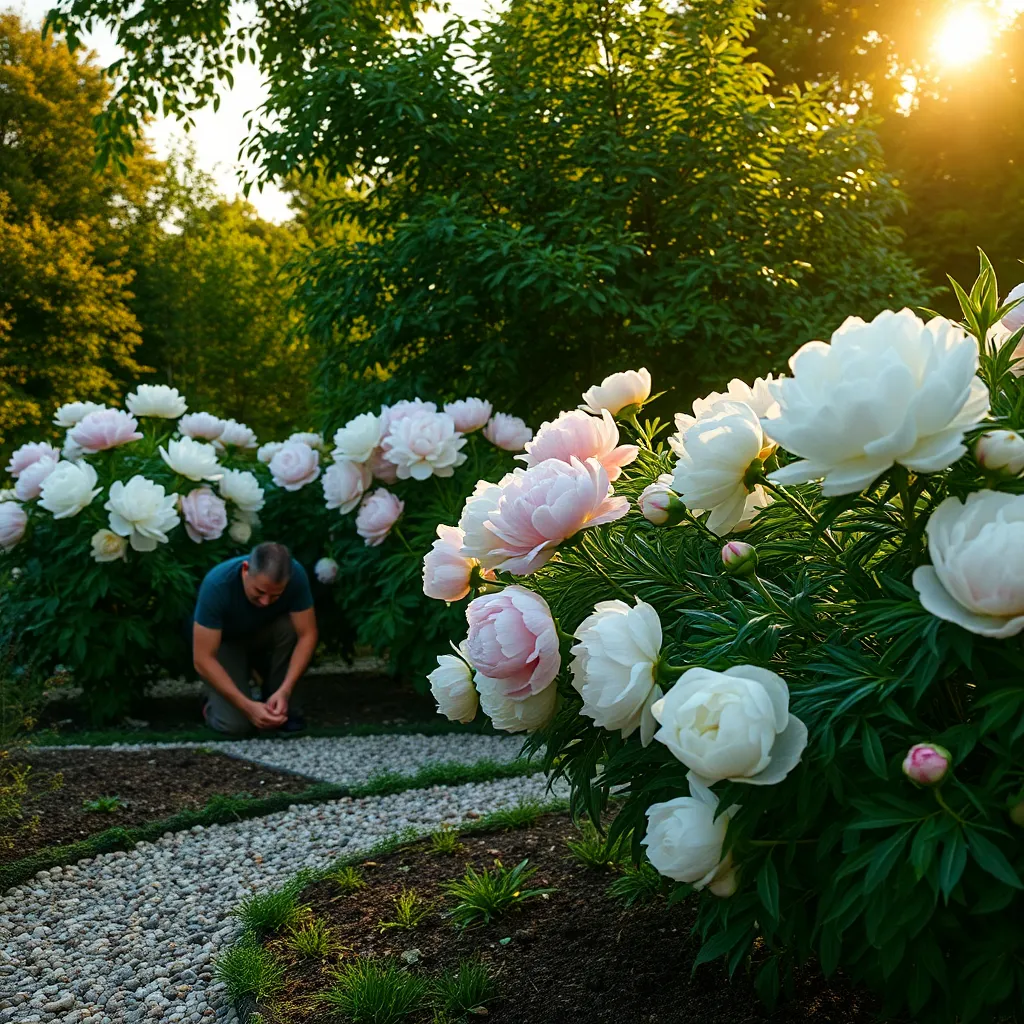
If you’re looking for a perennial plant that offers stunning and long-lasting blooms, peony bushes are an excellent choice. These plants are perfect for beginners due to their low maintenance and ability to thrive in various conditions, making them a staple in many gardens.
To ensure your peonies perform at their best, plant them in an area that receives at least six hours of sunlight each day. While they are adaptable, these bushes prefer well-drained, rich soil, so consider amending your garden bed with compost or organic matter before planting.
Watering is crucial, especially during dry spells, so aim to provide peonies with about an inch of water per week. It’s important to water them at the base rather than from above to avoid fungal diseases on their lush foliage.
As peonies establish themselves, you can support their growth with a balanced fertilizer applied in early spring. For those looking to take their gardening skills to the next level, consider dividing mature peony plants every 5 to 10 years to encourage vigorous blooming and prevent overcrowding.
Conclusion: Growing Success with These Plants
In exploring the world of perennial plants for beginners, we’ve uncovered five key relationship concepts that parallel the nurturing of both gardens and connections. First, patience is essential, as both plants and relationships require time to grow and bloom. Second, understanding your environment helps you select the right “plants”—or people—to thrive alongside. Third, consistent care and attention ensure that both gardens and relationships remain healthy and vibrant. Fourth, adaptability allows you to navigate changes, just as plants adjust to different seasons. Finally, celebrating small victories, like the first blooms, encourages continued effort and growth.
To put these concepts into action, choose one relationship in your life that could benefit from a bit more nurturing and spend dedicated time on it this week. Whether it’s a heartfelt conversation or a simple act of kindness, let growth begin.
Bookmark this article now to revisit these insights whenever you need guidance in your relationship journey. Remember, successful relationships, like flourishing gardens, require ongoing care and attention. By applying these principles, you’re well on your way to cultivating connections that stand the test of time. Your relationships are worth it—start nurturing them today!

